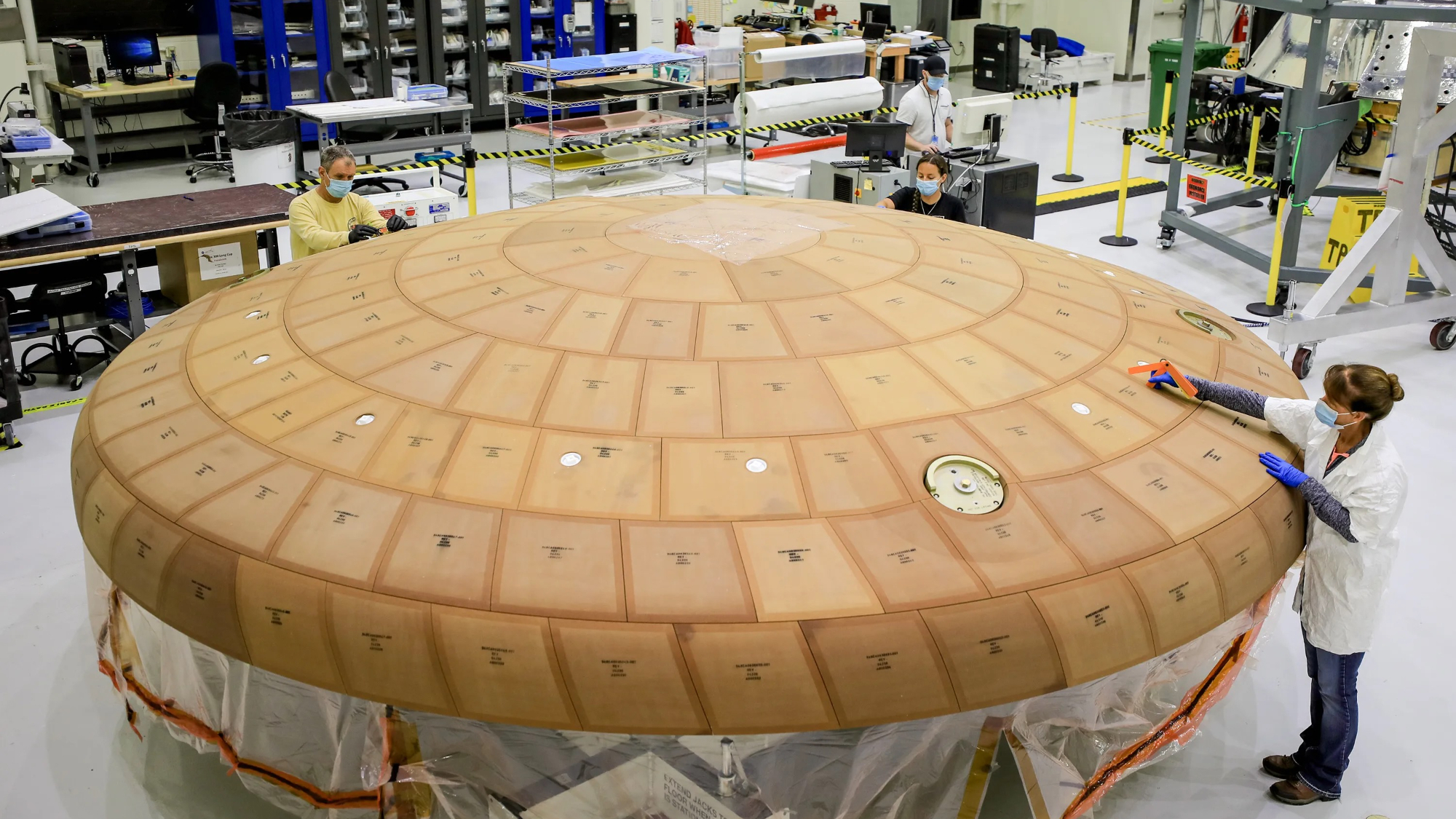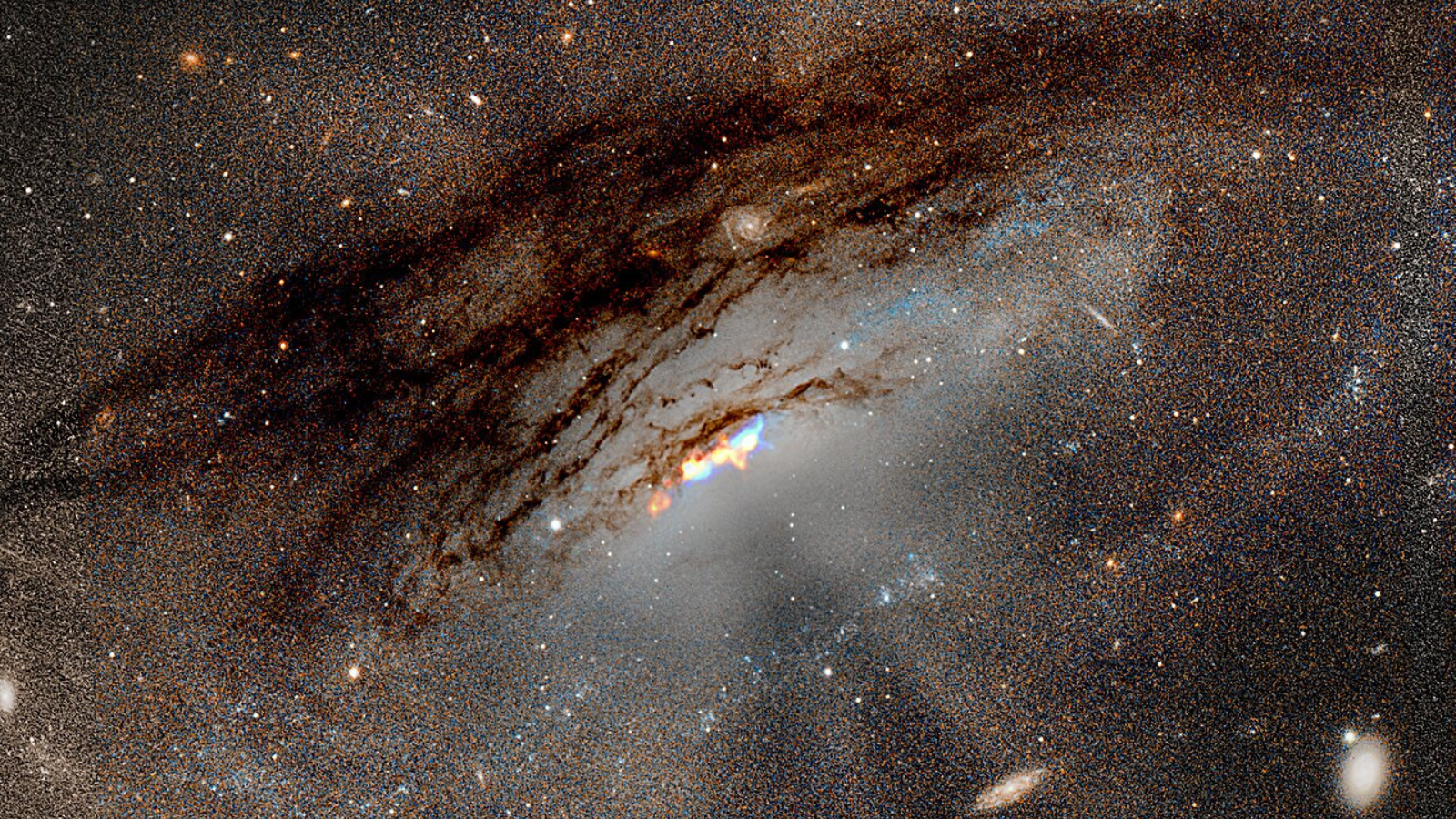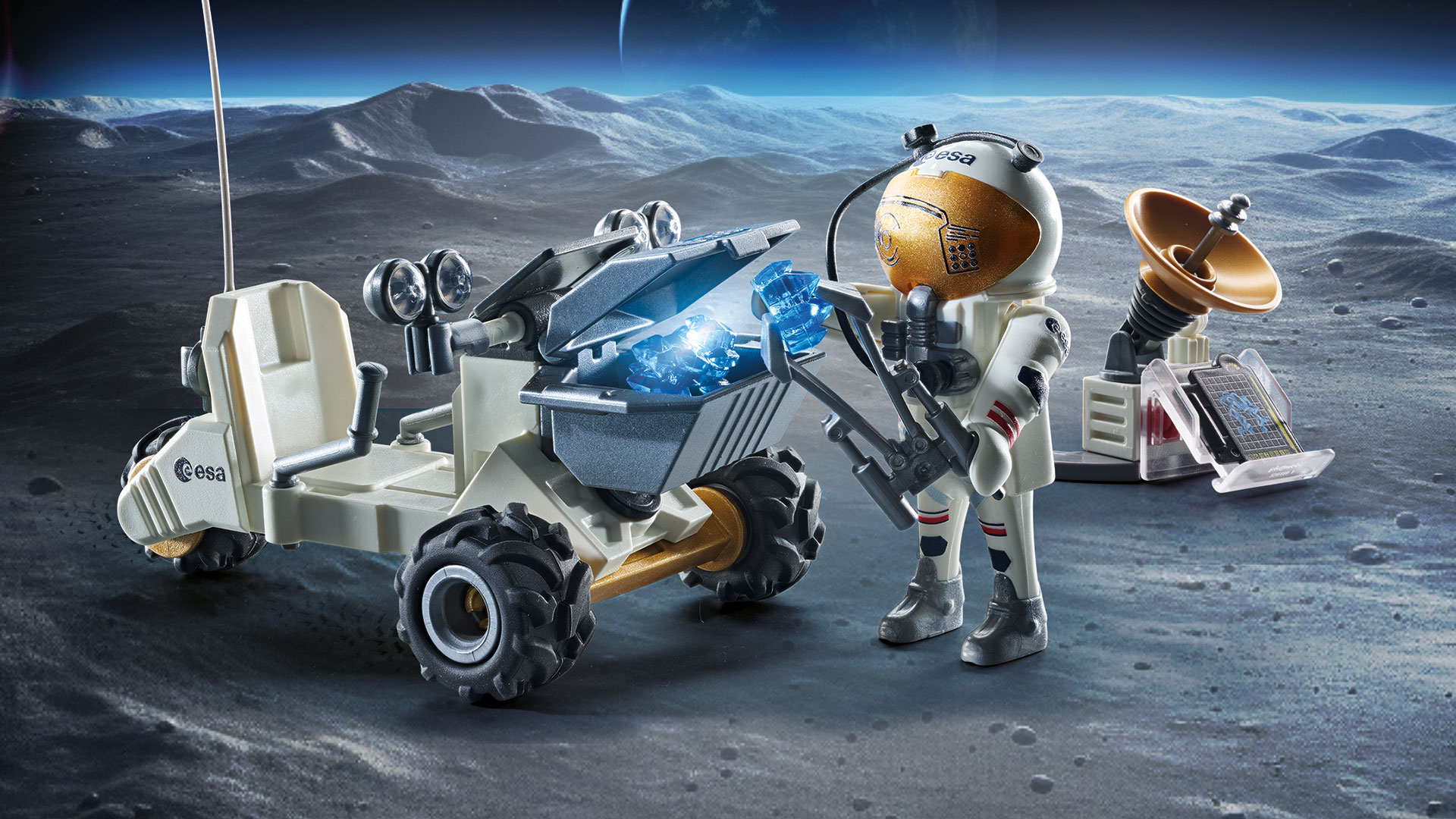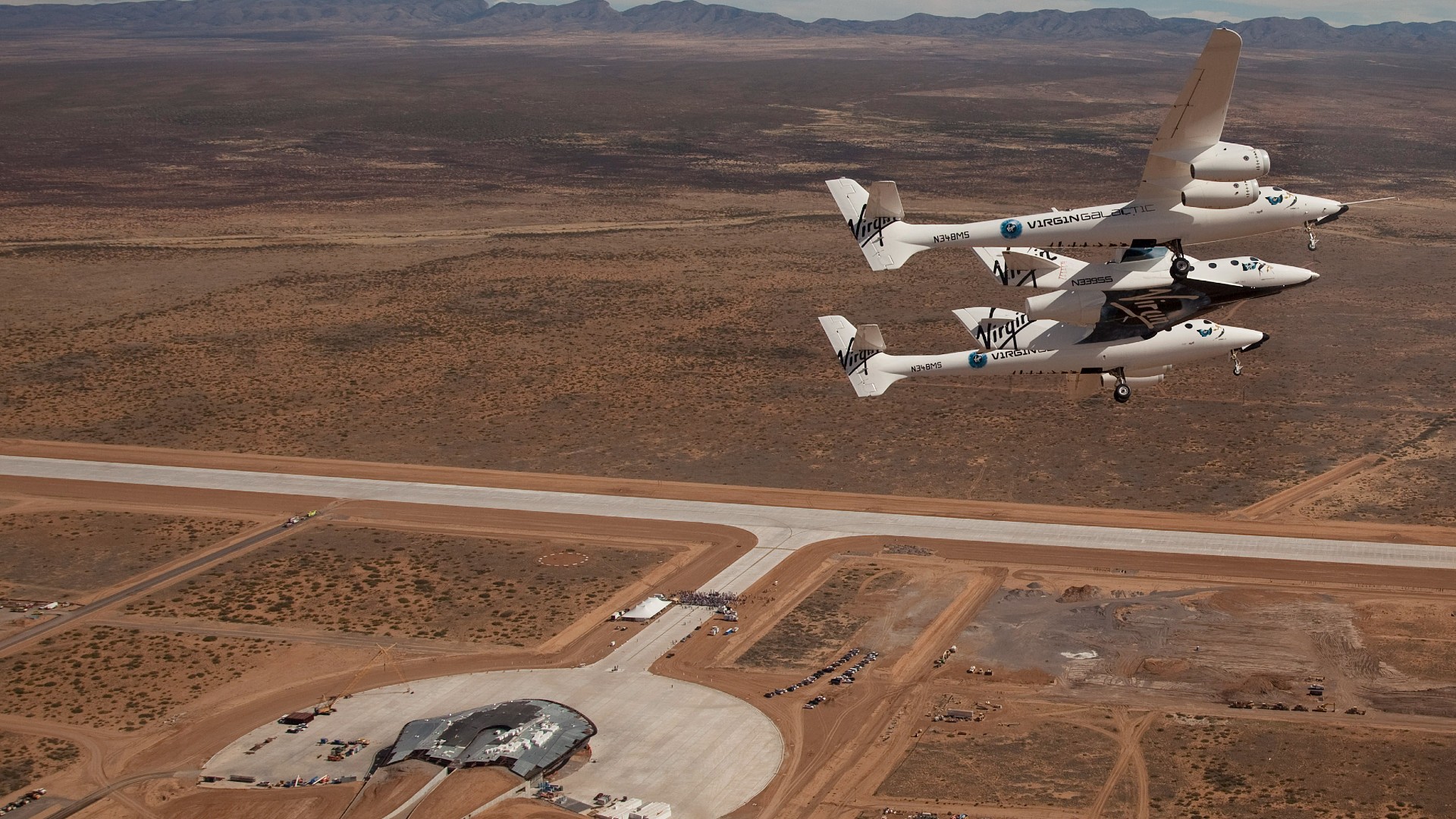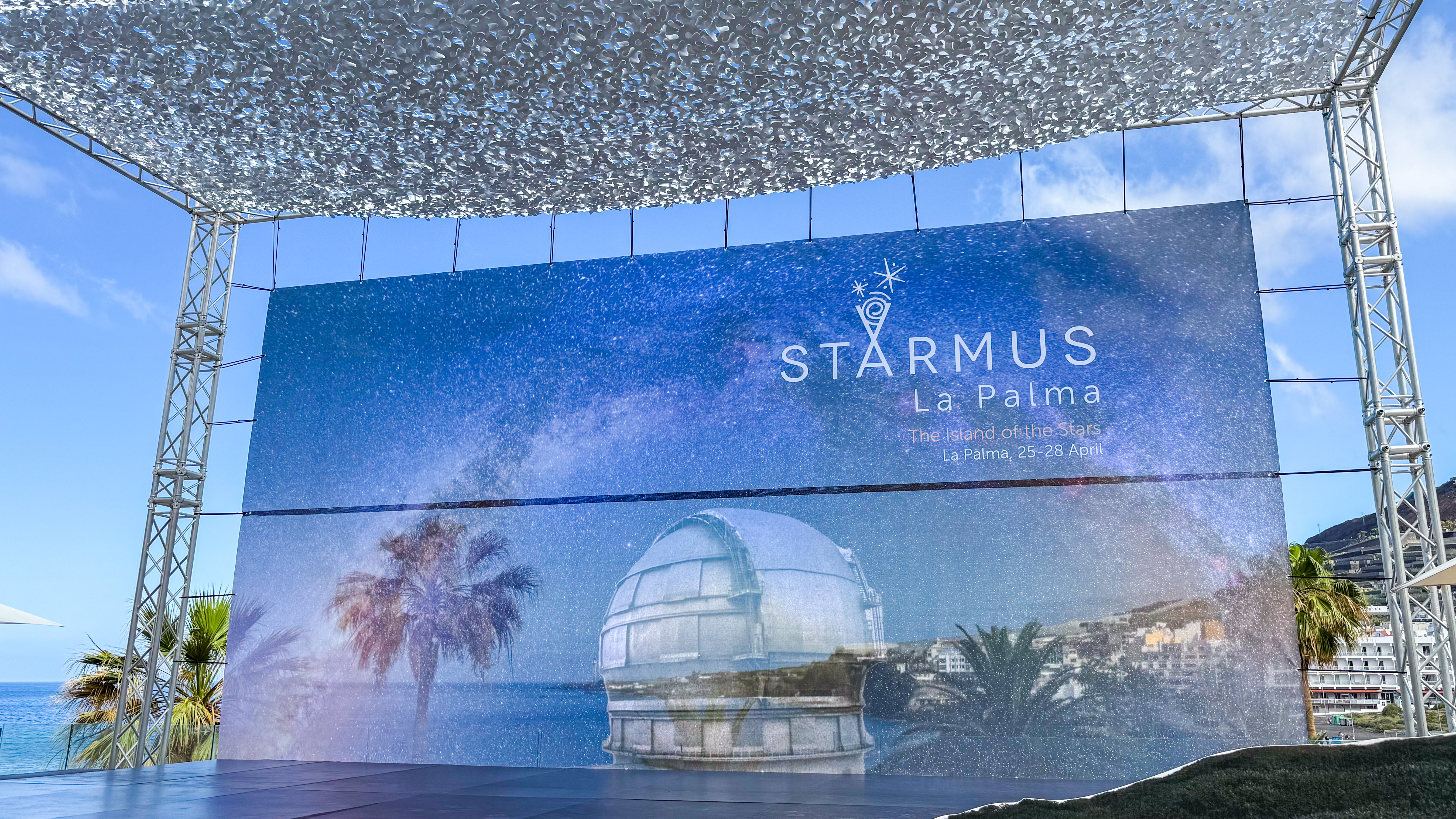NASA Probe That Buzzed Pluto Fires Engine for 2019 Flyby of Next Target
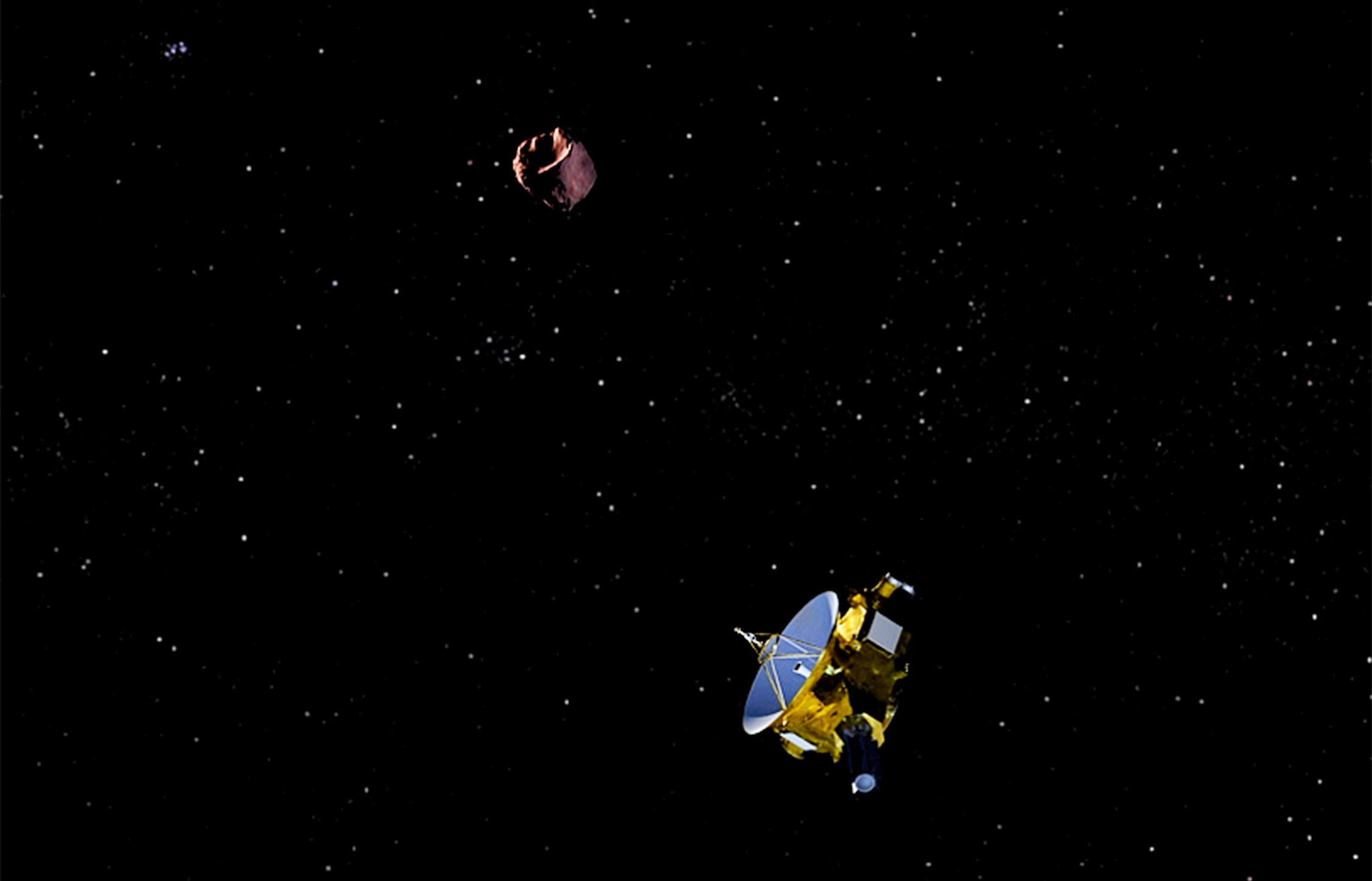
NASA's New Horizons spacecraft performed a brief engine burn yesterday (Feb. 1) in preparation for its January 2019 flyby of a small, distant object known as 2014 MU69.
New Horizons fired its thrusters for 44 seconds yesterday morning, changing the probe's velocity by a little less than 1 mph (1.6 km/h), mission team members said.
"One mile per hour may not sound like much, but over the next 23 months, as we approach MU69, that maneuver will add up to an aim point refinement of almost 6,000 miles [10,000 kilometers]," mission principal investigator Alan Stern, of the Southwest Research Institute in Boulder, Colorado, said in a statement. [New Target For New Horizons — Boldly Going (Orbit Animation)]
The New Horizons team conducted yesterday's burn to adjust for recent observations by NASA's Hubble Space Telescope, which helped pin down 2014 MU69's orbit and the probe's position in space, mission officials said in the same statement. The maneuver was the first trajectory-altering move for New Horizons since the autumn of 2015, when a series of four firings put the spacecraft on course for its Jan. 1, 2019, encounter with 2014 MU69, they added.
That flyby will be the second for New Horizons, which got the first-ever up-close looks at Pluto and its moons on July 14, 2015. On that day, the spacecraft zoomed within just 7,800 miles (12,550 km) of Pluto's surface, revealing a world of towering water-ice mountains, vast nitrogen-ice plains and a stunning diversity of other features.
The landscapes of 2014 MU69 cannot possibly be so varied, because the object is much smaller than Pluto; 2014 MU69 is thought to be just 13 miles to 25 miles (21 to 40 km) wide, compared with 1,475 miles (2,375 km) for the dwarf planet.
But New Horizons will get a very good look at the small object, which lies about 1 billion miles (1.6 billion km) beyond Pluto: The Jan. 1, 2019, flyby will take the probe within just 1,860 miles (3,000 km) of 2014 MU69, mission team members have said.
Get the Space.com Newsletter
Breaking space news, the latest updates on rocket launches, skywatching events and more!
The $700 million New Horizons mission launched in January 2006, with the primary aim of lifting the veil on the Pluto system. The spacecraft is currently operating on an extended mission, which will carry it through the flyby of 2014 MU69. During this extended mission, New Horizons has also been studying, from afar, a number of Pluto's fellow residents in the Kuiper Belt, the ring of frigid bodies beyond Neptune's orbit.
The probe is currently 38.47 astronomical units (AU) from Earth, and 4.53 AU beyond Pluto. (One AU is the average Earth-sun distance — about 93 million miles, or 150 million km.)
Follow Mike Wall on Twitter @michaeldwall and Google+. Follow us @Spacedotcom, Facebook or Google+. Originally published on Space.com.
Join our Space Forums to keep talking space on the latest missions, night sky and more! And if you have a news tip, correction or comment, let us know at: community@space.com.

Michael Wall is a Senior Space Writer with Space.com and joined the team in 2010. He primarily covers exoplanets, spaceflight and military space, but has been known to dabble in the space art beat. His book about the search for alien life, "Out There," was published on Nov. 13, 2018. Before becoming a science writer, Michael worked as a herpetologist and wildlife biologist. He has a Ph.D. in evolutionary biology from the University of Sydney, Australia, a bachelor's degree from the University of Arizona, and a graduate certificate in science writing from the University of California, Santa Cruz. To find out what his latest project is, you can follow Michael on Twitter.
